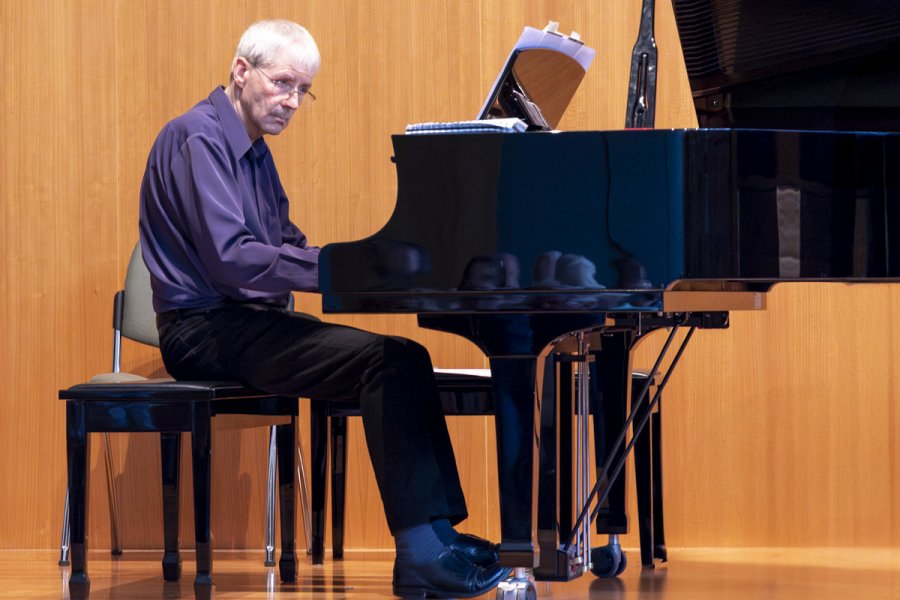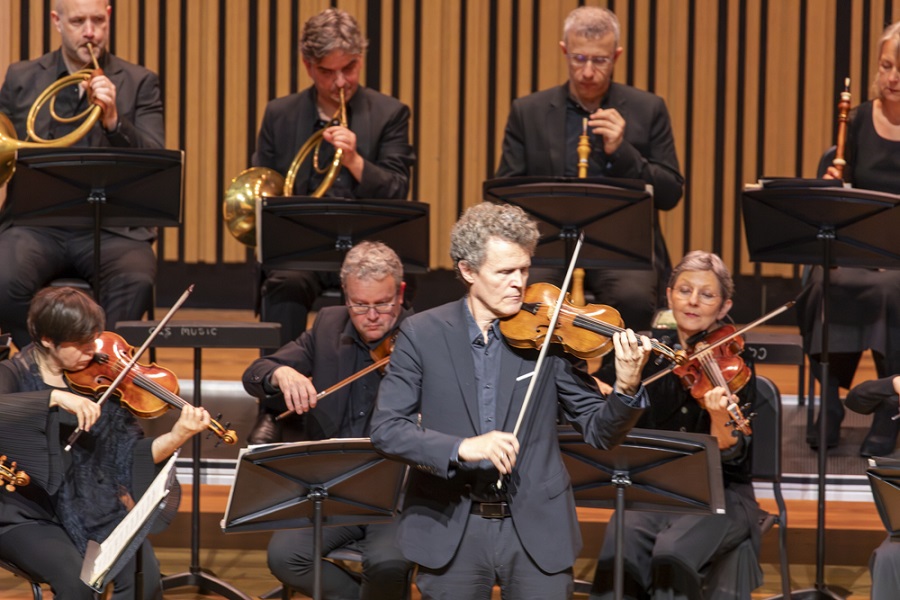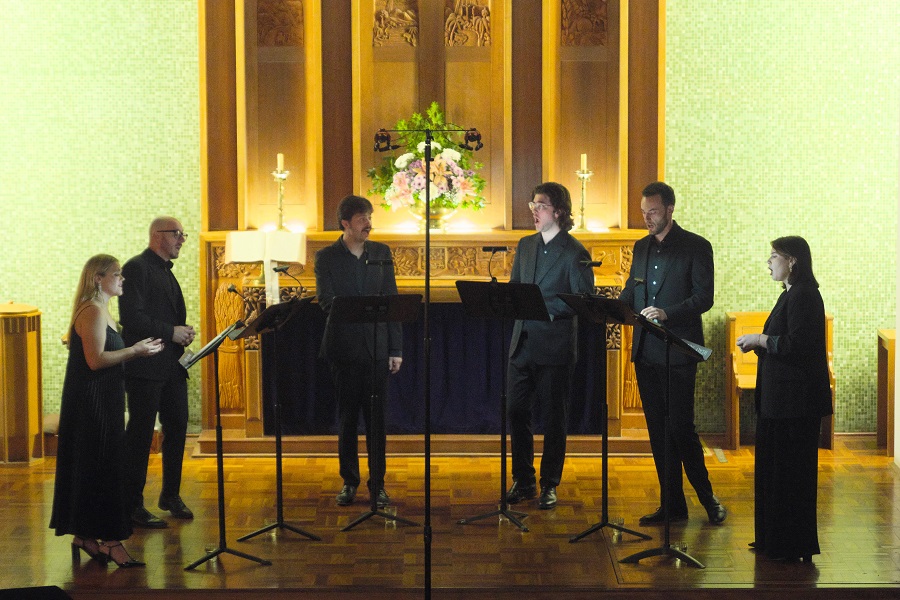
BARBARA Jane Gilby brings to the stage an international class of playing and experience.
With a sound reflecting Yehudi Menuhin both in intonation and tone production, she plays these days an exquisite 17th century violin made by the Guarneri family, which she says opens up an extra palette of tonal colours and dynamics more-so than any other instrument she has owned.
The Mozart and Brahms Clarinet Quintets are a marvellous coupling for a concert in so many ways. They share similarities in both the opening measures for two violins and also the opening phrases for the clarinet soloist. In addition, however, they are stylistically poles apart. The Mozart centres around beautiful melody, whilst the Brahms is more complex and polyphonic. Both quintets feature ample opportunity for the players of the inner parts to shine forth and this was one of the stand-out features of the pieces and the entire concert.
The Mozart “Quintet, K.581 in A Major” is a bright and joyous work. The first Allegro movement traded themes between all the string players and it was particularly nice to hear so many solo moments, albeit short, from the viola, played to great effect and with feeling and projection by Lucy Carrigy- Ryan, Gilby and second violinist Pip Thompson, who played with excellent phrasing and unity during this movement. Thompson, an excellent violinist, projects a slightly darker tone than Gilby, but the contrast only served to strengthen the timbre and sonority of the blended sound.
The Larghetto and Menuetto-Trio movements both featured lengthy solo parts for the first violin (Gilby), who controlled the balance of her sound beautifully, so as to feature herself in these passages without up-staging the solo clarinet which would return later. Ah yes, the solo clarinet – played with wonderful depth of tone and projection by Eloise Fisher. It is a showcase part for the instrument and demonstrates how much Mozart loved the clarinet. Many of the passages in the piece remind the listener of the Concerto, also in A Major.
The final movement is a set of variations and once again highlighted the inner parts played by the second violin, viola and cello, which combined, created a beautiful foundation over which the first violin and clarinet could soar and weave. On the cello was the youngest member of the ensemble, Samuel Payne, who has the honour and distinction of being fourth generation musical lineage to Pablo Casals, through Howard Penny/Julian Smiles and Nelson Cooke. He played with a light tone when bowed and a more projected tone in pizzicato phrases, with one tiny little moment of intonation wobble in the upper register during the variations. Overall, he is a fine player and at the beginning of what could be a wonderful music career if he so wishes.
Brahms’ “Clarinet Quintet in B minor, Op.115” is a dark and brooding work in many places, full of drama, intensity and complexity. Composed in 1891, towards the end of his life, it shares with Mozart the full extent of a composer in the maturity of their writing and musical thought. The two works are 102 years apart.
Fisher blossomed even more during this performance, delivering extraordinary dynamics, phrasing and variation in tone colour throughout the work. Each passage was sweetened into phrases of such delight with incredible tone production. Also notably different was Gilby’s tone and projection of the violin, which became darker and more intense.
Something went momentarily wrong towards the end of the first Allegro movement – an ensemble tuning blemish of some kind, which just marred the event in a very minor way. The positive side of this of course is that it humanises a performance. I am listening to real people, not robots and so I take it in – warts and all. Larry Sitsky once said to me, “thank goodness for wrong notes”.
The final movement of the Brahms is also a set of variations and the writing calls for a sustained showcase solo from the cello, which young Payne delivered with conviction, projection and excellent intonation.
The piece finished with gentleness and delicacy. Throughout the entire concert, the ensemble playing was a stand-out feature. Everyone was together, musically almost as one, the sound and phrasing led so masterfully by Barbara Jane Gilby, who also allowed Fisher on clarinet to feature beautifully as the star soloist.
Who can be trusted?
In a world of spin and confusion, there’s never been a more important time to support independent journalism in Canberra.
If you trust our work online and want to enforce the power of independent voices, I invite you to make a small contribution.
Every dollar of support is invested back into our journalism to help keep citynews.com.au strong and free.
Thank you,
Ian Meikle, editor








Leave a Reply